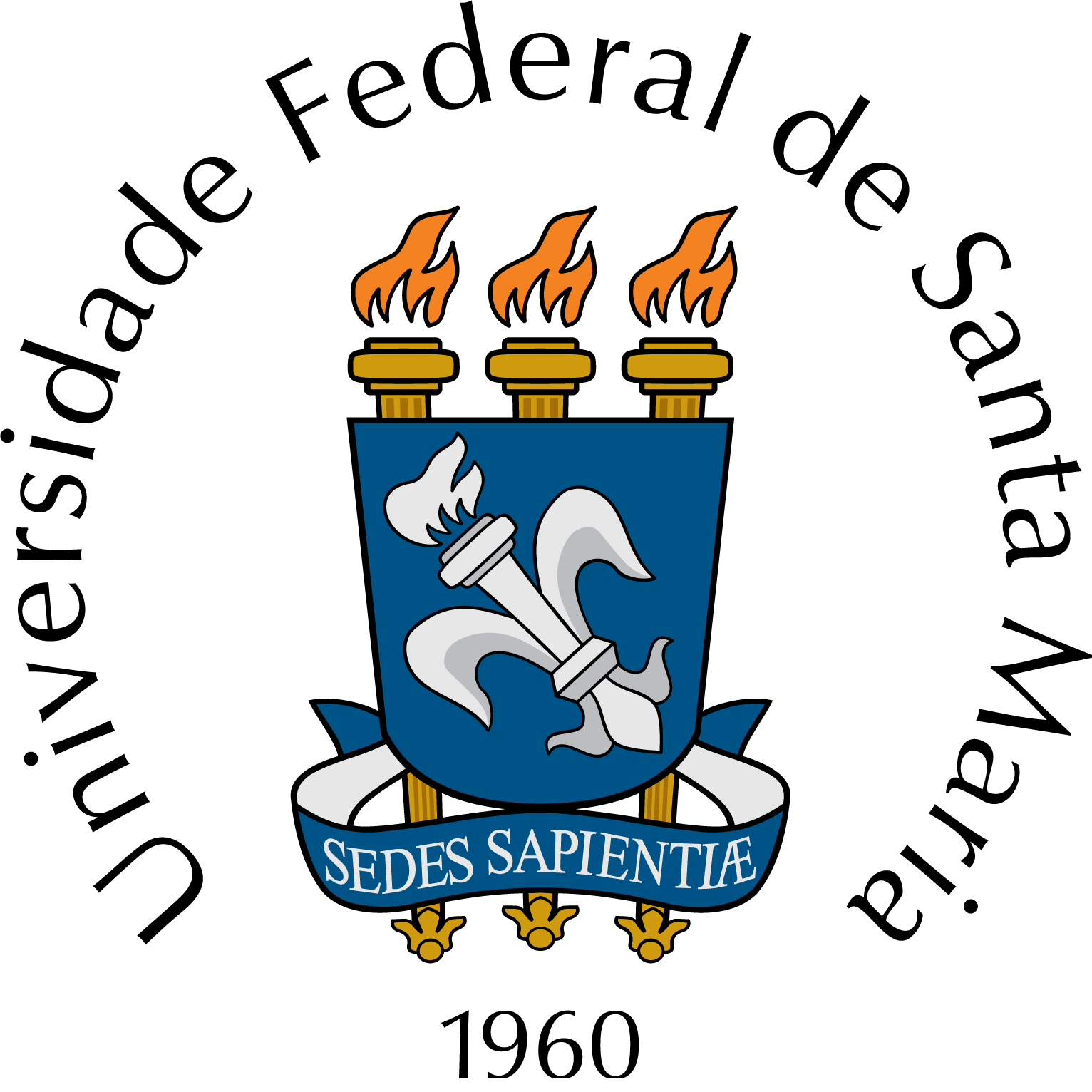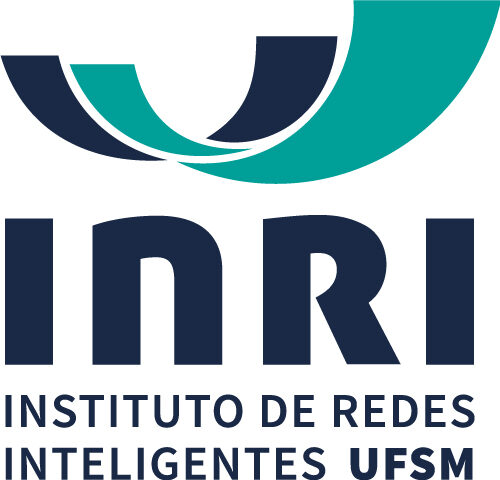Menu
CURSO
Técnicas de Inteligência Artificial
e Processo Seletivo para Bolsista de Iniciação Científica
Público almejado
Estudantes de graduação, de pós-graduação e profissionais.
Período de inscrições
27/03/2023 a 09/04/2023
Plataforma
O curso será realizado via Google Meet
Programa do Curso
Parte 1:
- Introduction to SQLite and its features.
- Understanding relational databases and SQL.
- Installing and setting up SQLite.
- Creating tables and defining relationships.
- Inserting, updating, and deleting data.
- Querying data with SELECT statements.
- Filtering data with WHERE clause.
- Joining tables with INNER, OUTER, and CROSS JOIN.
- Sorting data with ORDER BY clause.
- Aggregating data with COUNT, SUM, AVG, MAX, and MIN functions.
- Using SQLite in Python.
Parte 2:
- Reading CSV files using pandas:
- pd.read_csv(): reads a CSV file into a pandas DataFrame.
- Writing CSV files using pandas:
- df.to_csv(): writes a pandas DataFrame to a CSV file.
- Reading Excel files using pandas:
- pd.read_excel(): reads an Excel file into a pandas DataFrame.
- Writing Excel files using pandas:
- df.to_excel(): writes a pandas DataFrame to an Excel file.
- Reading and writing CSV files using the csv module:
- csv.reader(): reads a CSV file using the csv module.
- csv.writer(): writes to a CSV file using the csv module.
- Reading and writing Excel files using the openpyxl module:
- openpyxl.load_workbook(): loads an Excel file using the openpyxl module.
- ws.iter_rows(): iterates over the rows of an Excel worksheet using the openpyxl module.
- ws.append(): writes to an Excel worksheet using the openpyxl module.
- wb.save(): saves an Excel workbook using the openpyxl module.
- Support Vector Machine (SVM):
- Introduction to SVM.
- Types of SVM Kernels.
- Mathematical formulation of SVM.
- SVM Hyperparameters.
- Implementing SVM in Python with scikit-learn.
- K-Nearest Neighbors (KNN):
- Introduction to KNN.
- Euclidean distance and other distance measures.
- Choosing the value of K.
- Implementing KNN in Python with scikit-learn.
- Decision Trees:
- Introduction to Decision Trees.
- Types of Decision Trees.
- Decision Tree Algorithms.
- Overfitting and pruning.
- Implementing Decision Trees in Python with scikit-learn.
- Random Forest:
- Introduction to Random Forest.
- Decision Trees and Ensemble Learning.
- Random Forest Algorithm.
- Hyperparameters tuning.
- Implementing Random Forest in Python with scikit-learn.
- Perceptron Algorithm:
- Introduction to Perceptron algorithm.
- Mathematical formulation of the Perceptron algorithm.
- Perceptron algorithm for binary classification.
- Limitations of the Perceptron algorithm.
- Implementing Perceptron algorithm in Python with NumPy.
- Convolutional Neural Networks (CNN):
- Introduction to CNN.
- Convolutional Layers, Pooling Layers, and Fully Connected Layers.
- ReLU Activation Function.
- Backpropagation.
- Understanding the Importance of Loss Functions.
- Implementing CNN in Python with Keras.
- Data Augmentation for Classification:
- Introduction to Data Augmentation.
- Techniques for Data Augmentation.
- Benefits and Limitations of Data Augmentation.
- Implementing Data Augmentation in Python with Keras.
- Transfer Learning for Classification:
- Introduction to Transfer Learning.
- Types of Transfer Learning.
- Fine-tuning and Feature Extraction.
- Choosing a Pretrained Model.
- Implementing Transfer Learning in Python with Keras.
Instrutor

Eng. Guilherme Ricardo Hübner
- Graduação em Engenharia de Controle e Automação pela UFSM.
- Mestrado em Engenharia Elétrica pela UFSM, cuja dissertação é intitulada “Diagnóstico de desequilíbrio de massa para rotores de aerogeradores utilizando máquina de vetores de suporte”.
- Doutorando na Engenharia Elétrica pela UFSM, cuja tese é intitulada “Diagnóstico automático de desbalanceamento em rotores de aerogeradores utilizando técnicas de inteligência artificial”.
- Membro do Instituto de Engenheiros Eletrônicos e Eletricistas (IEEE).
- Engenheiro no time de automação de fábrica da John Deere.
Instruções para o processo seletivo
Concomitantemente ao curso, será realizado um processo seletivo para uma vaga de iniciação científica na área de Energia Solar Fotovoltaica. A carga horária da bolsa é de 20h semanais e o(a) estudante selecionado contará com uma bolsa no valor de R$ 800,00.
Os (as) estudantes interessados(as) devem anexar no formulário de inscrições o Histórico Escolar (disponível no portal do aluno) e seu currículo, ambos em PDF.
Como parte do processo de seleção, será aplicado um teste após as 3 primeiras aulas do curso. Informações adicionais serão enviadas por email.
INSCRIÇÕES ENCERRADAS
Contato
Prof. Rafael Beltrame

beltrame@gepoc.ufsm.br







